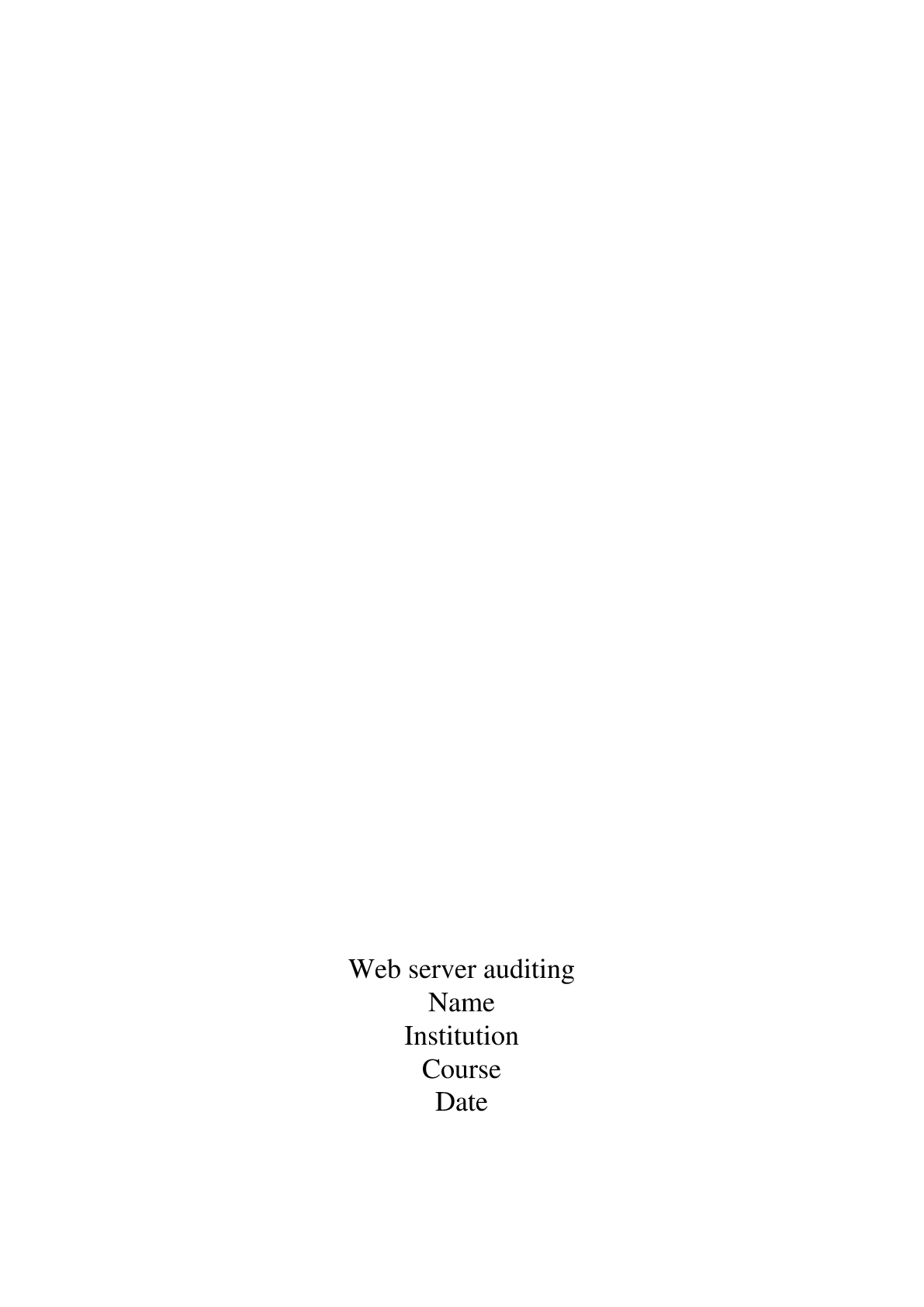*NURSING > DISCUSSION POST > BIOS 255 Week 2 Concepts: The Cardiovascular System- Heart (All)
BIOS 255 Week 2 Concepts: The Cardiovascular System- Heart
Document Content and Description Below
BIOS 255 Week 2 Concepts: The Cardiovascular System- Heart outcomes: ● Identify the chambers of the heart. ● Identify the location and function of valves within the heart. ● Describe the fl... ow of blood through the heart. ● Define stroke volume and cardiac output. ● Understand how the cardiovascular system responds to exercise. ● Understand how cardiac output and blood pressure can be measured. ● Understand how heart rate, stroke volume and cardiac output change with exercise. Introduction: The heart is a strong muscular pump with 2 complementary sets of vessels: one for the systemic and one for the pulmonary circulation. The pumping of the heart is essential in the delivery of oxygen to the millions of cells of the body and in the removal of their waste products. The heart pushes deoxygenated blood to the lungs and oxygenated blood around the entire body. It must continually beat to sustain life and so its muscular walls are made of specialized cardiac muscle cells that carry their own intrinsic contractile rhythm. All cells within the body must be supplied with enough oxygenated blood each minute to meet their cellular metabolic demands. During exercise and processes such as tissue repair, cells are metabolically active and require more oxygen from the blood, thus increasing the workload of the heart. At rest, the metabolic demands of cells are less and therefore the heart doesn't need to work as hard to supply them with the oxygen they require. The body must adapt to these changing requirements. Cardiac output is a measure of the flow of blood. We will examine the variables that make up the cardiac output, learn how to measure these variables, and then put some experiment subjects to work to see how exercise alters cardiovascular function. Let’s head to the cardiac exercise lab! Assignment: Part 1: Complete Labster “Cardiovascular function during exercise: learn how your body responds to exercise” As you complete the lab, have the lab report ready to record data. The theory section is a good resource. Part 2: Complete the Lab report. Heart Lab report 1. What measurements did you obtain from the test subjects? (1 point) • Measurements that were obtained from the test subjects are Heart Rate, stroke volume, cardiac output, systolic pressure, and diastolic pressure. 2. Record the data: (3 points) HR at rest HR max exercise SV at rest SV max exercise CO at rest CO max exercise Subject A 60 150 70 120 4.2 18 Subject E 80 200 40 35 3.2 7 3. a. Define stroke volume in words. (1 point) • Stroke volume is the amount of blood pumped by the heart in one single beat. The volume is dependent on the volume of blood returning to the heart and contractility of the ventricle. b. What is a normal stroke volume at rest in a healthy individual? (1 point) • The normal stroke volume is about 70 mL per beat. 4. a. Define cardiac output in words. (1 point) • Cardiac output is when oxygenated blood leaves the heart traveling through the aorta which branches off into the other arteries that carry blood throughout the body. b. Define cardiac output with the equation. (1 point) • CO= HR X SV • It’s the product of heart rate and stroke volume and measured in Liters per minute (L/min). c. What is a normal cardiac output at rest in a health individual? (1 point) • Normal cardiac output at rest is 5 L/min. d. How does an increase in heart rate affect cardiac output (assuming no change in stroke volume)? (1 point) • An increase in heart rate affects cardiac output because when heart rate increases, it causes cardiac output to increase. When heart rate decreases, cardiac output decreases as well. 5. Given that cardiac output did not increase as much as oxygen consumption rate (which increased 8x), what is the most likely mechanism that could allow increased oxygen delivery by the cardiovascular system? (1 point) • The most likely mechanism that would increase oxygen is the increase in the amount of oxygen removed from the hemoglobin. 6. Compare the change in heart rate and stroke volume and cardiac output with exercise between Subject A and Subject E. What does this suggest regarding the health of the heart of Subject E? (1 point) • The heart rate for Subject A with exercise was at 150, while Subject E was at 200. • The stroke volume for Subject A with exercise was at 120, while Subject E was at 200. • The cardiac output for Subject A with exercise was at 18 at max, while Subject E can only do max at 75. • This suggest that the health of the heart of Subject E may have underlying conditions. 7. Describe the flow of blood, in order, starting at the superior vena cava, through the heart, to the lungs. Continue with the flow of blood from the lungs to and through the heart to the aorta. Include the 4 chambers of the heart, the 4 valves, and the major blood vessels entering or leaving the heart. (3 points) • Starting at the superior vena cava, deoxygenated blood comes into the heart through the vena cava into the right atrium into the tricuspid valve and when the right atrium is filled with blood, in contracts and pumps blood going through the pulmonary valve through the pulmonary artery towards the lungs. Oxygenated blood enters the heart through pulmonary vein then goes to the left atrium then flows through the mitral valves then goes to the left ventricle and then to the semilunar aortic valve then to the aorta to distribute oxygen throughout the body. Grading Rubric for Lab Report Activity Deliverable Points Part 1 Complete Labster 15 Part 2 Complete lab report 15 Total Complete all lab activities 30 Abbreviations: HR=heart rate SV=stroke volume CO=cardiac output [Show More]
Last updated: 1 month ago
Preview 1 out of 4 pages
Instant download
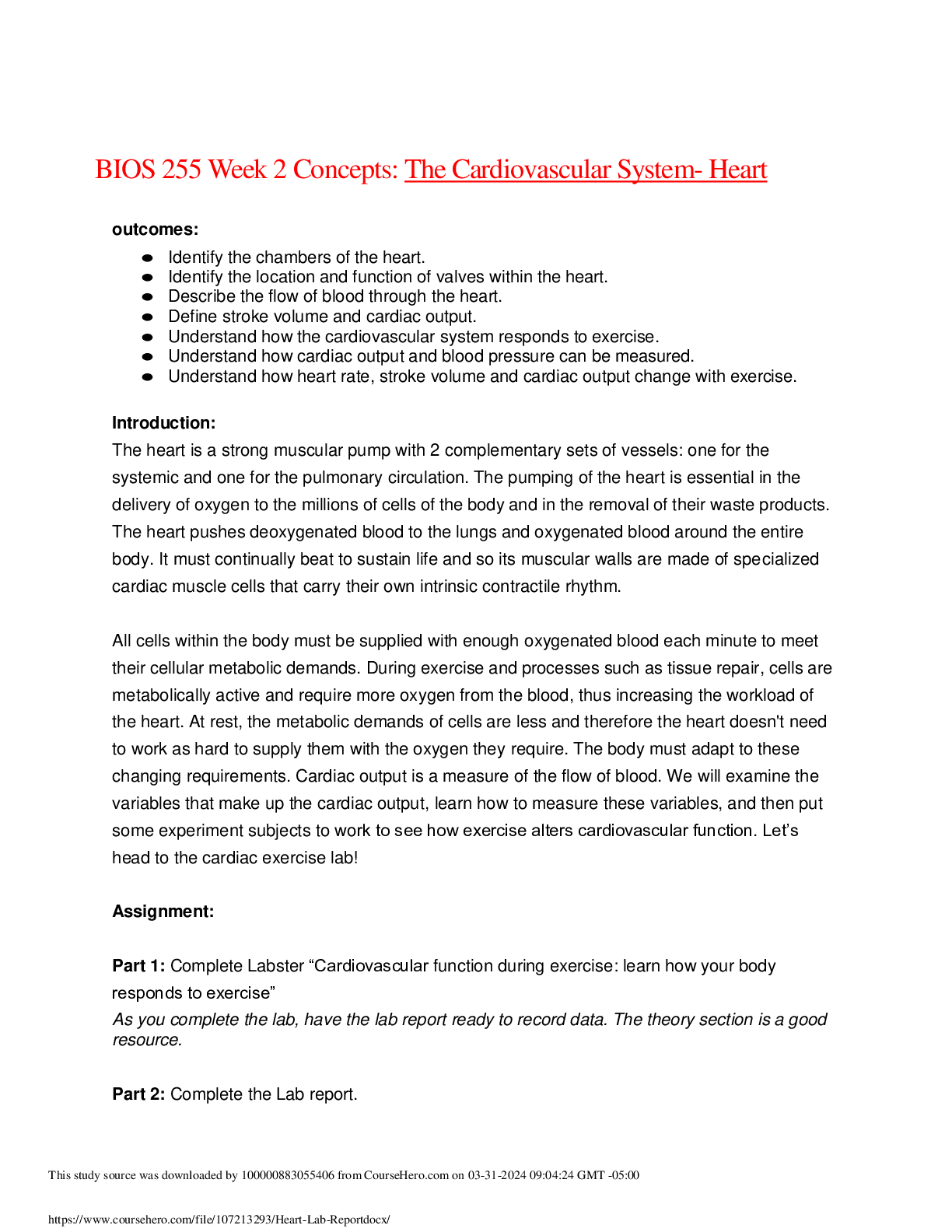
Instant download
Reviews( 0 )
Document information
Connected school, study & course
About the document
Uploaded On
Apr 01, 2024
Number of pages
4
Written in
Additional information
This document has been written for:
Uploaded
Apr 01, 2024
Downloads
0
Views
3

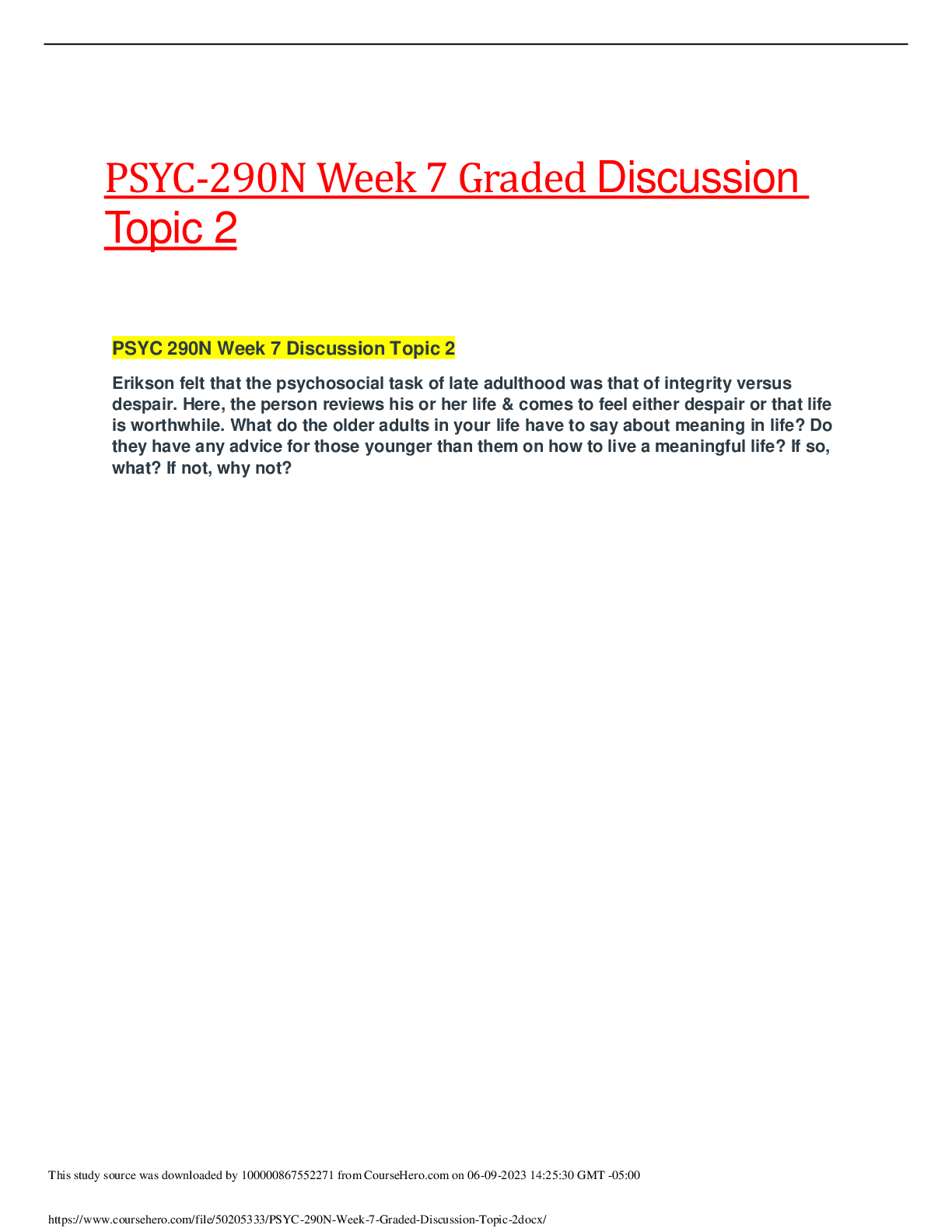
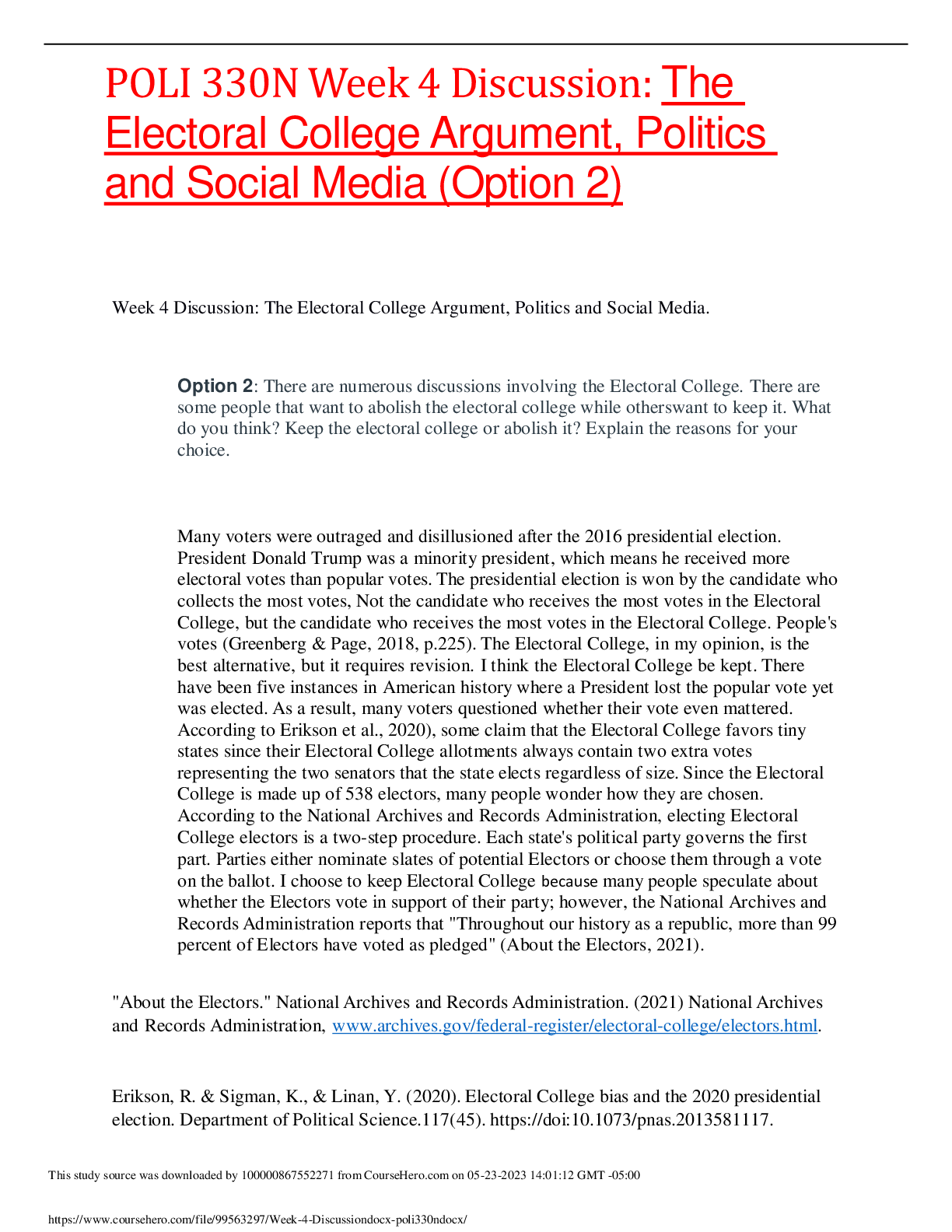

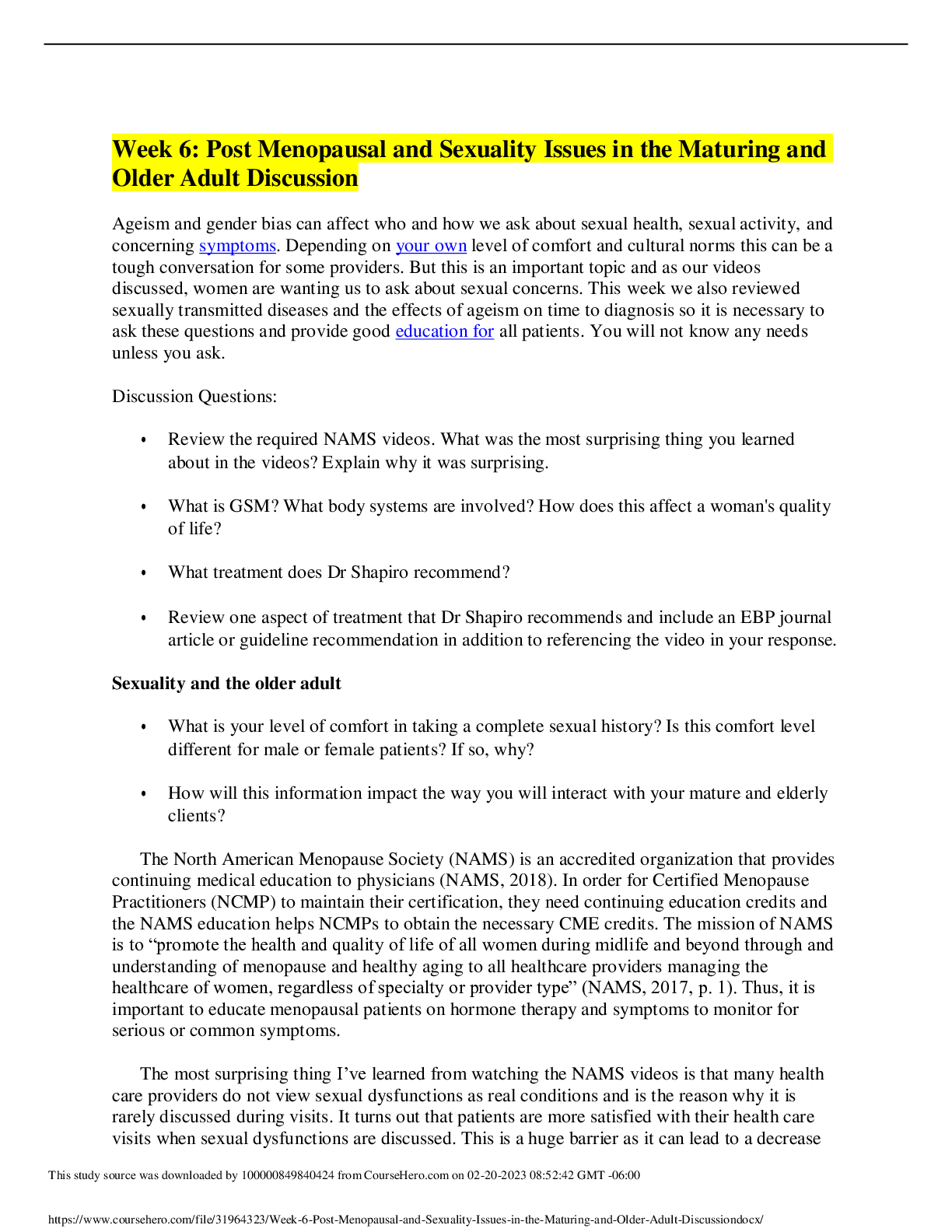
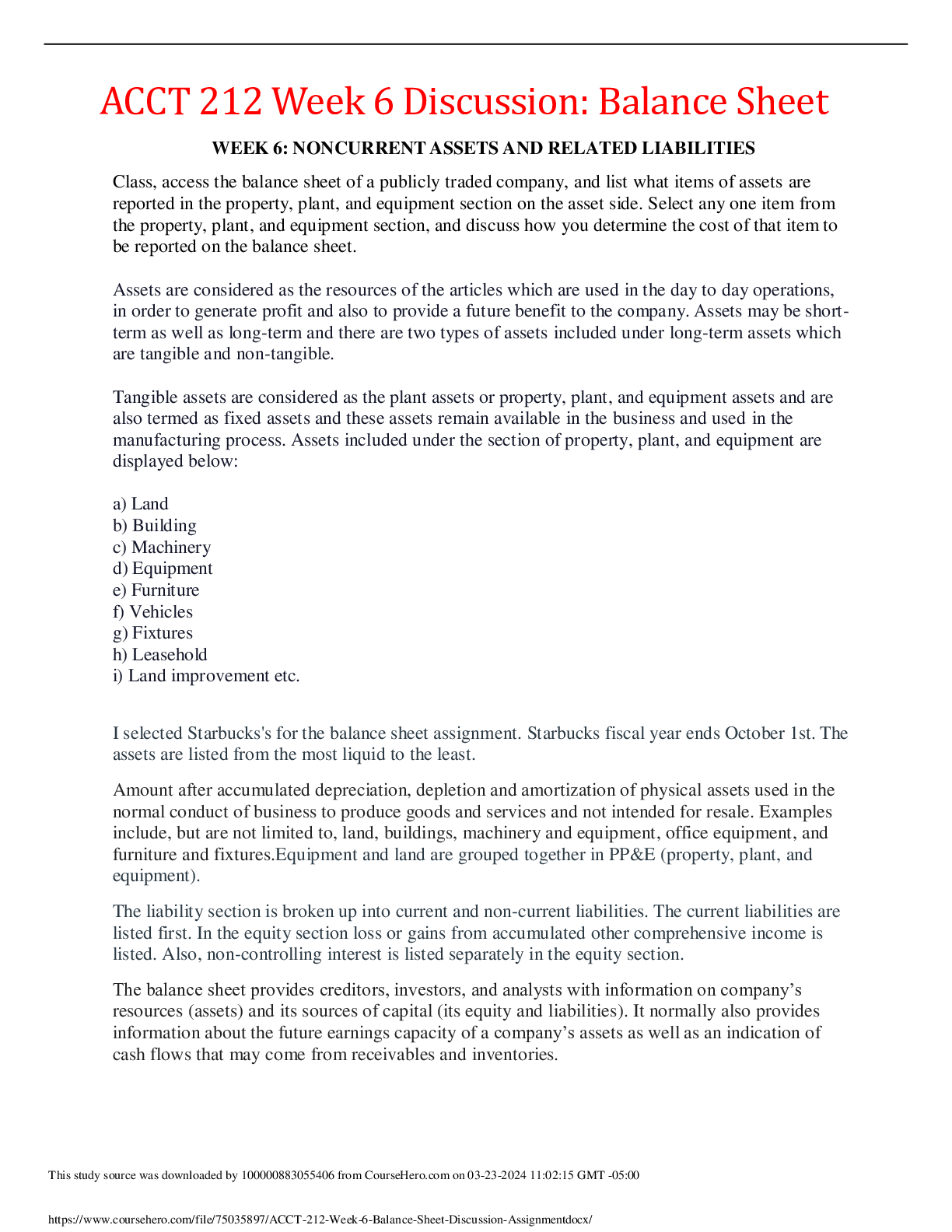
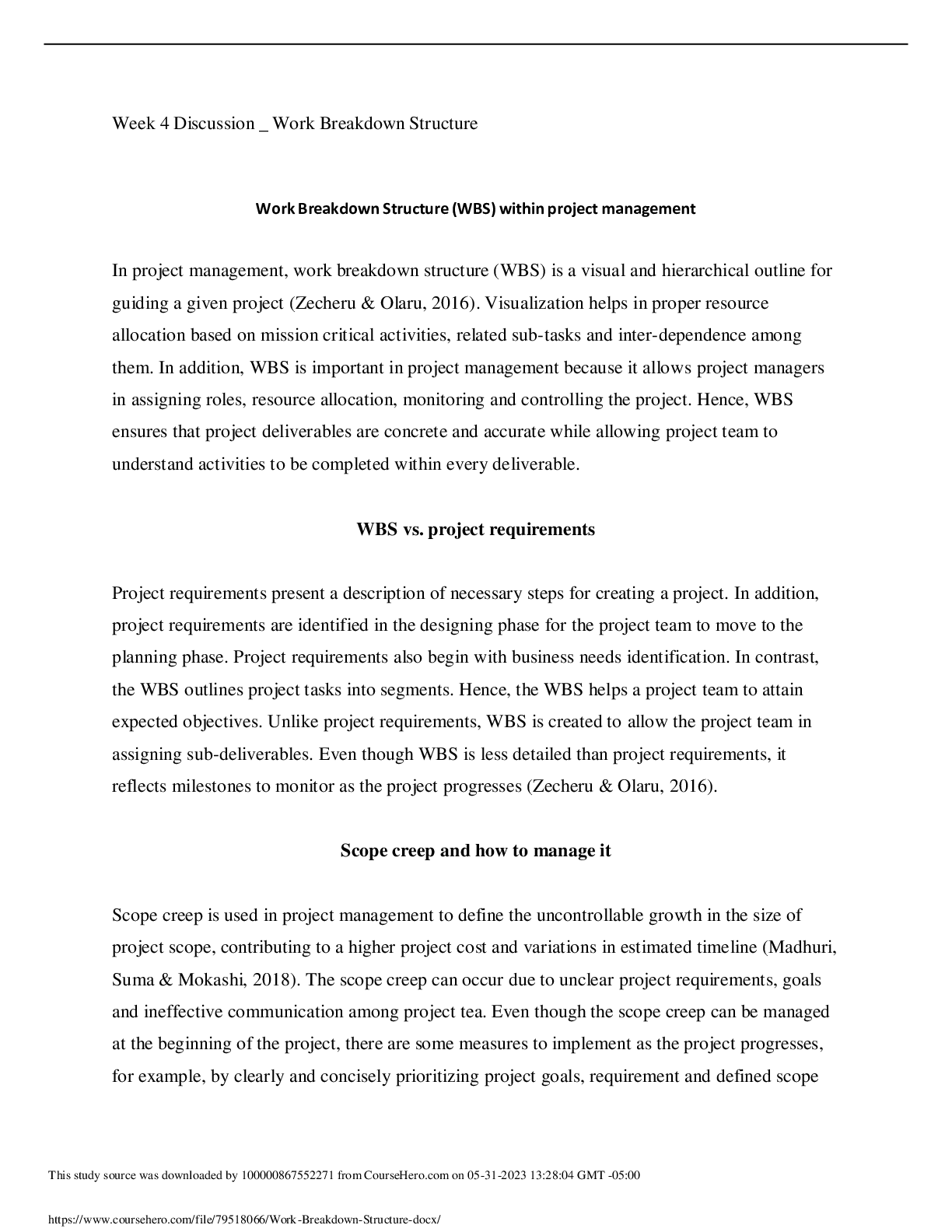





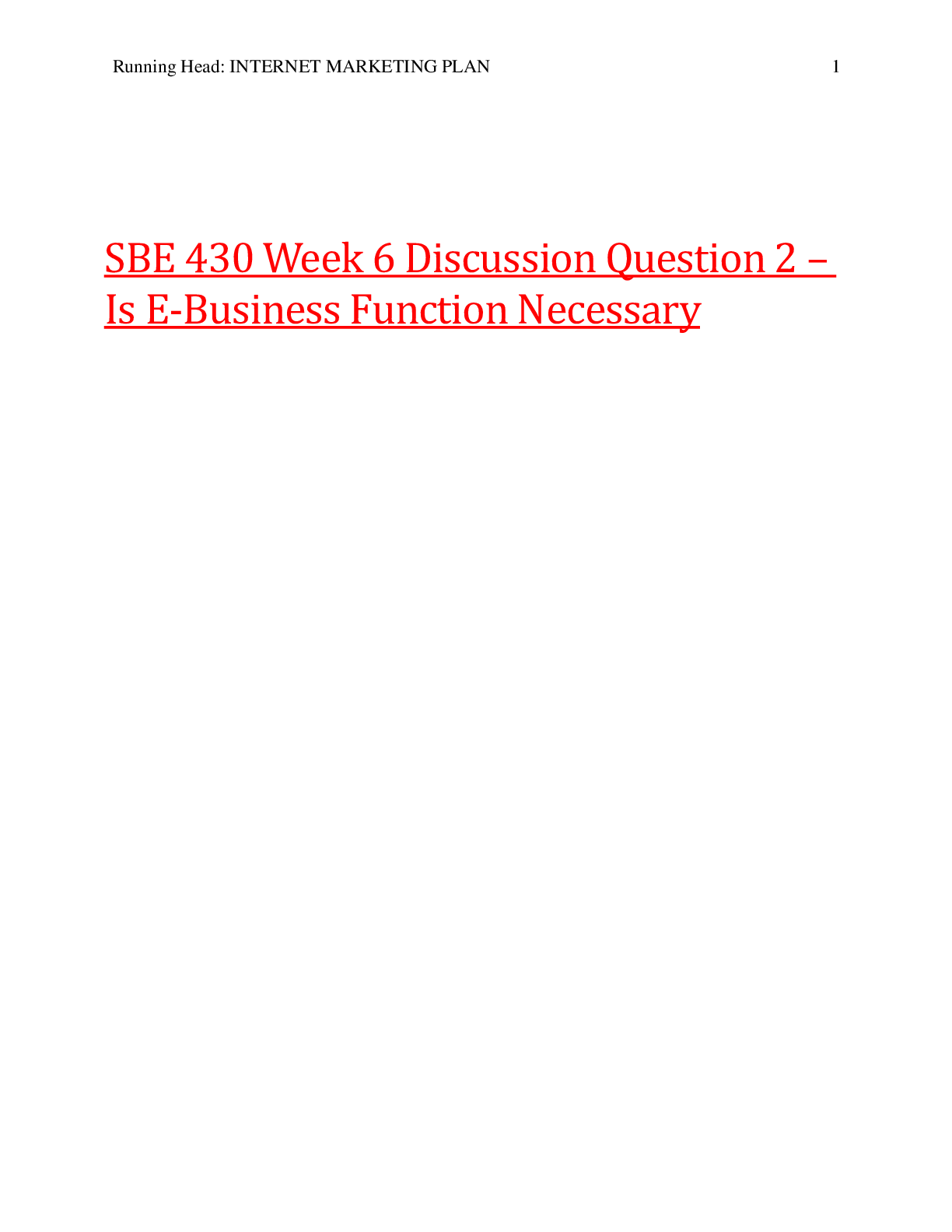
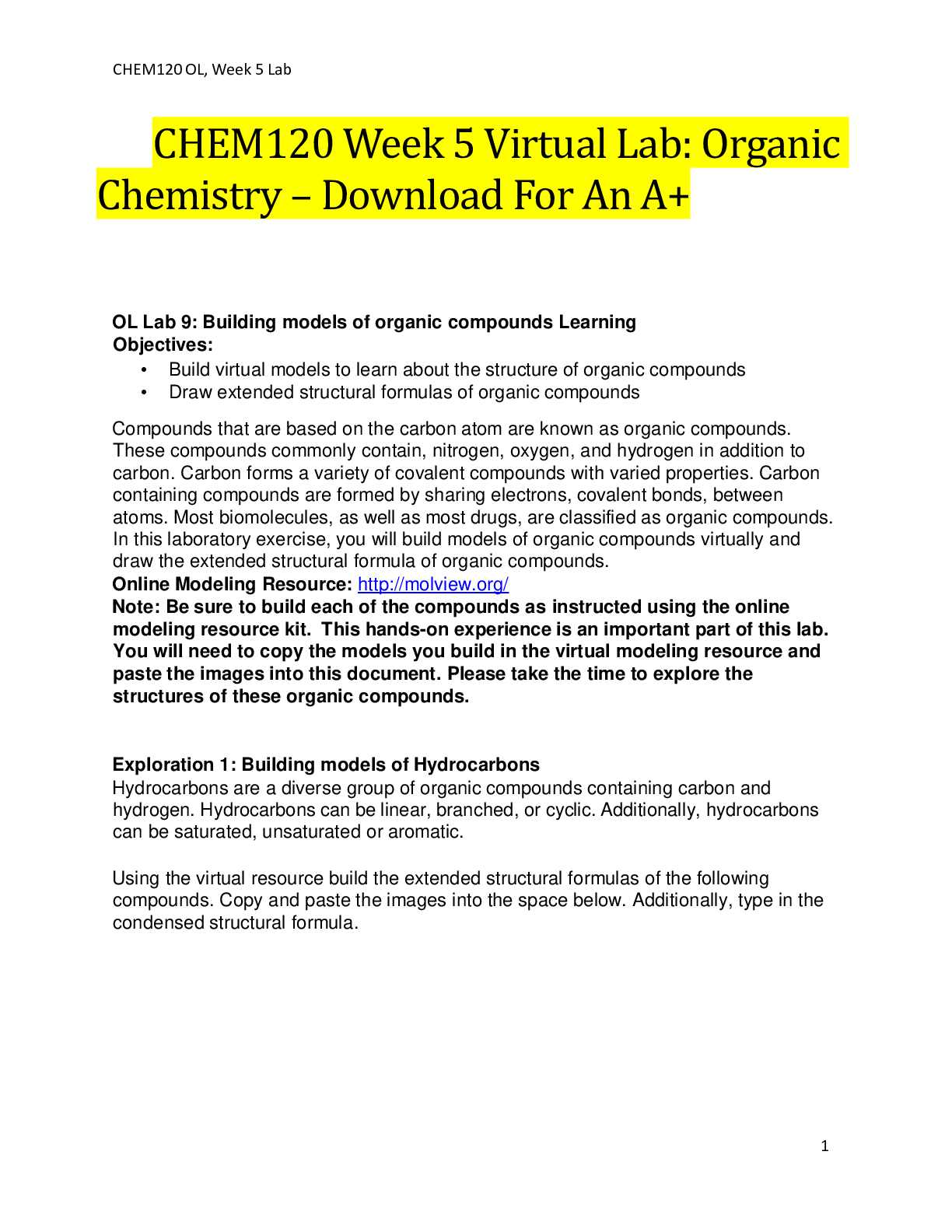
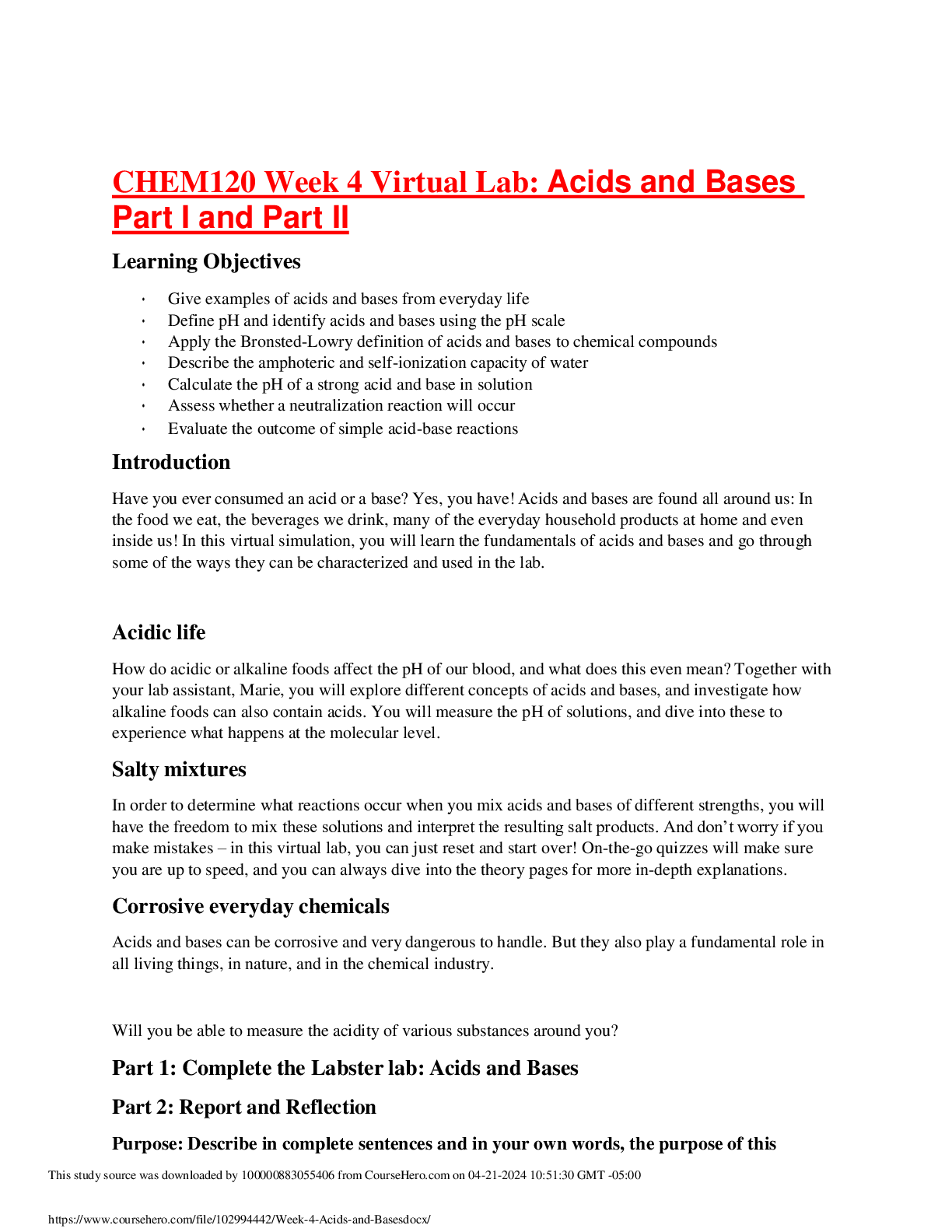
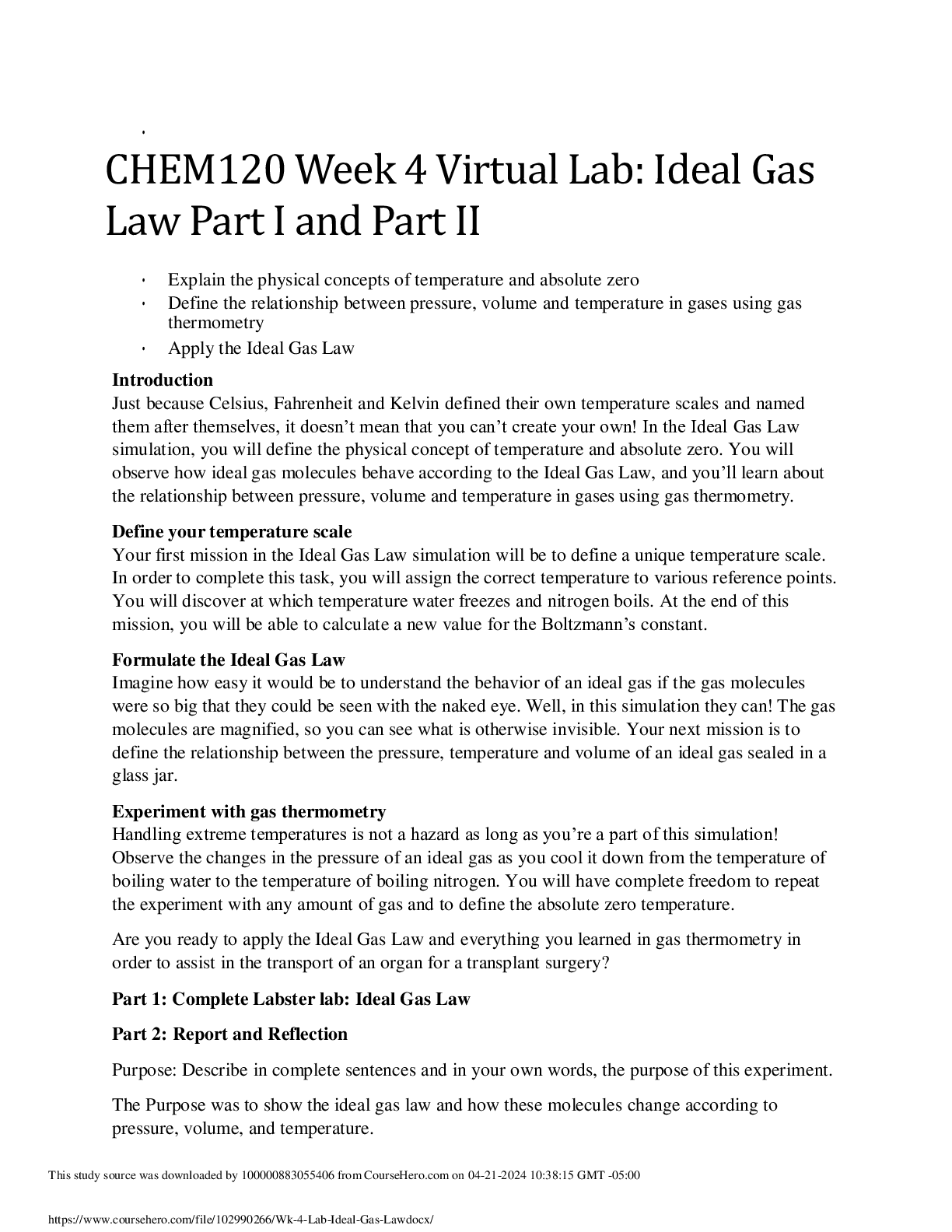
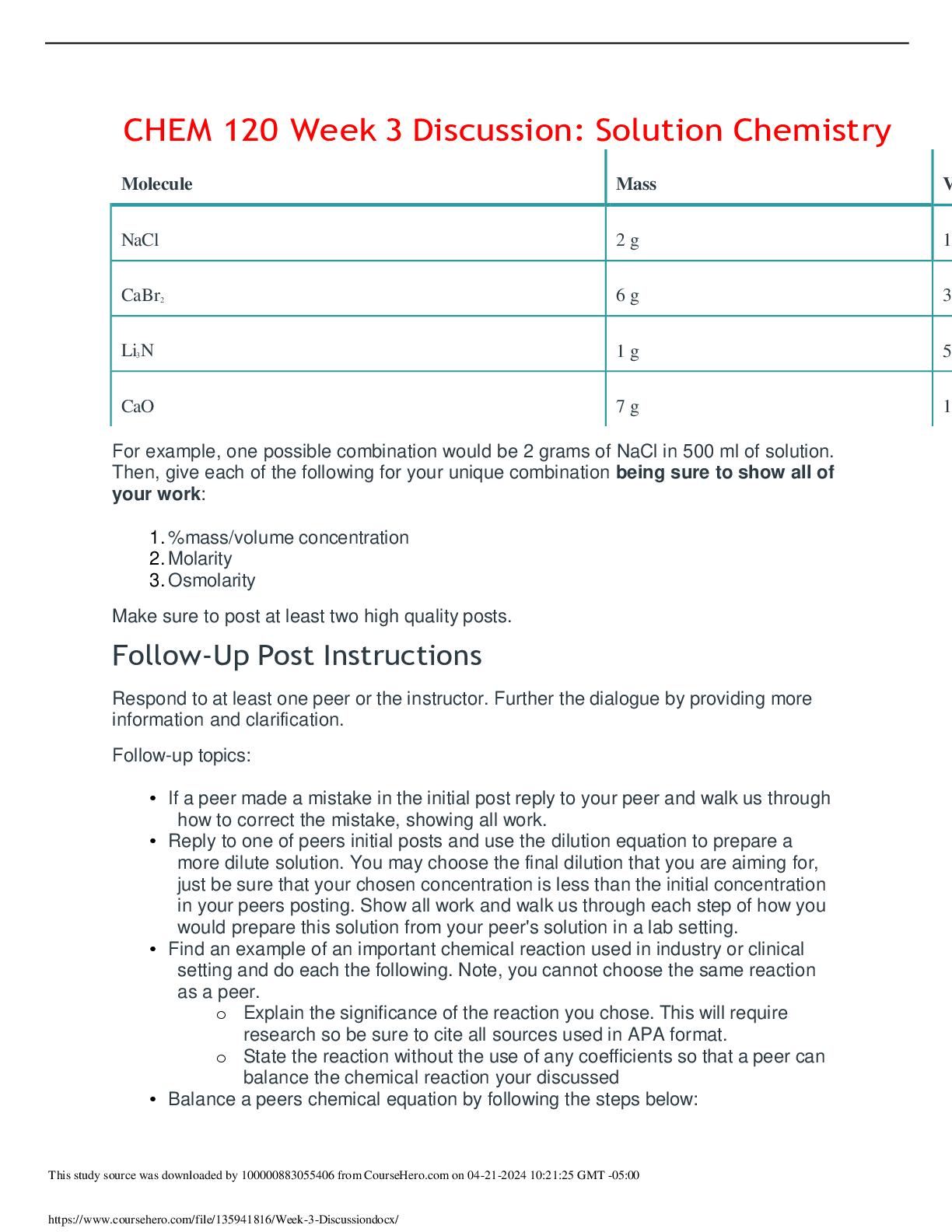
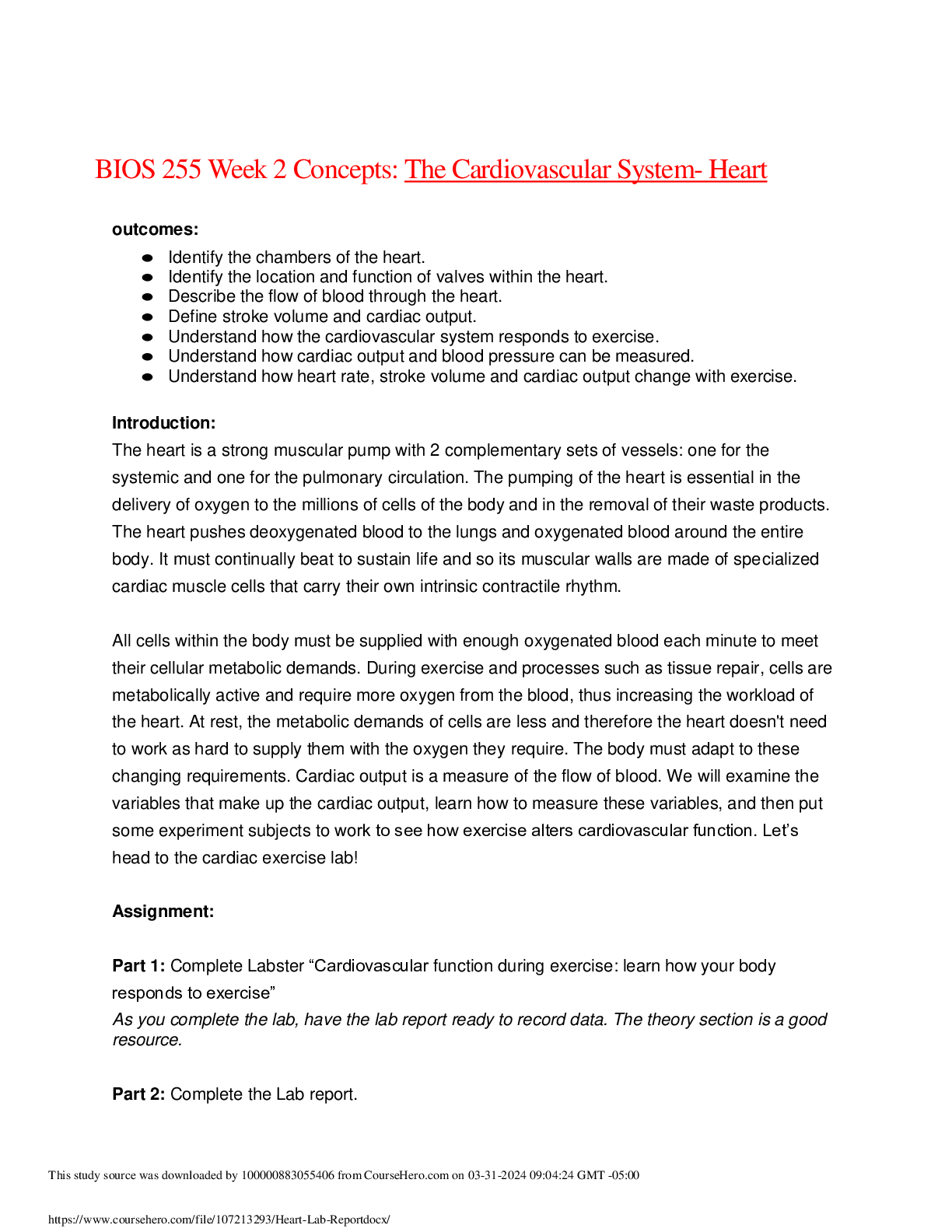
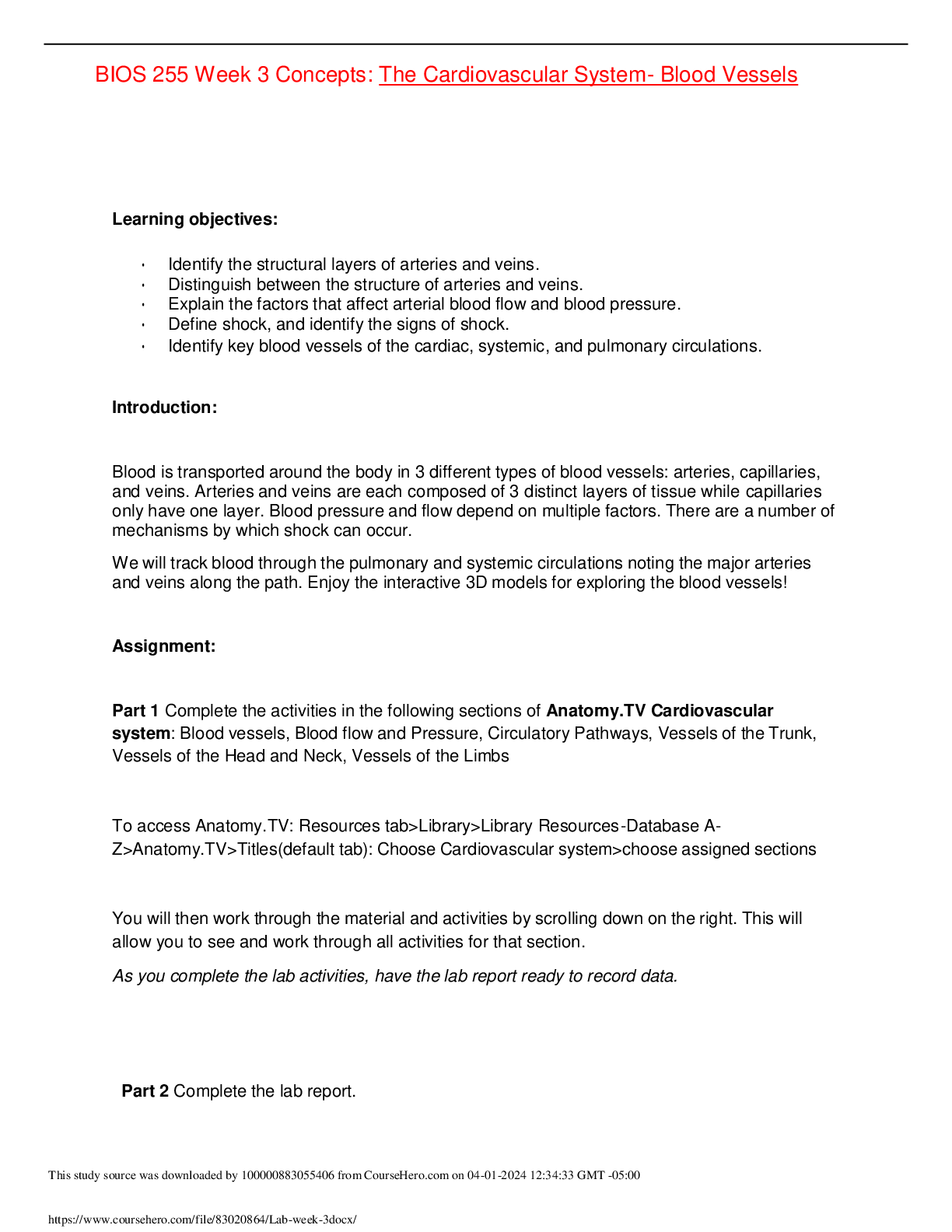
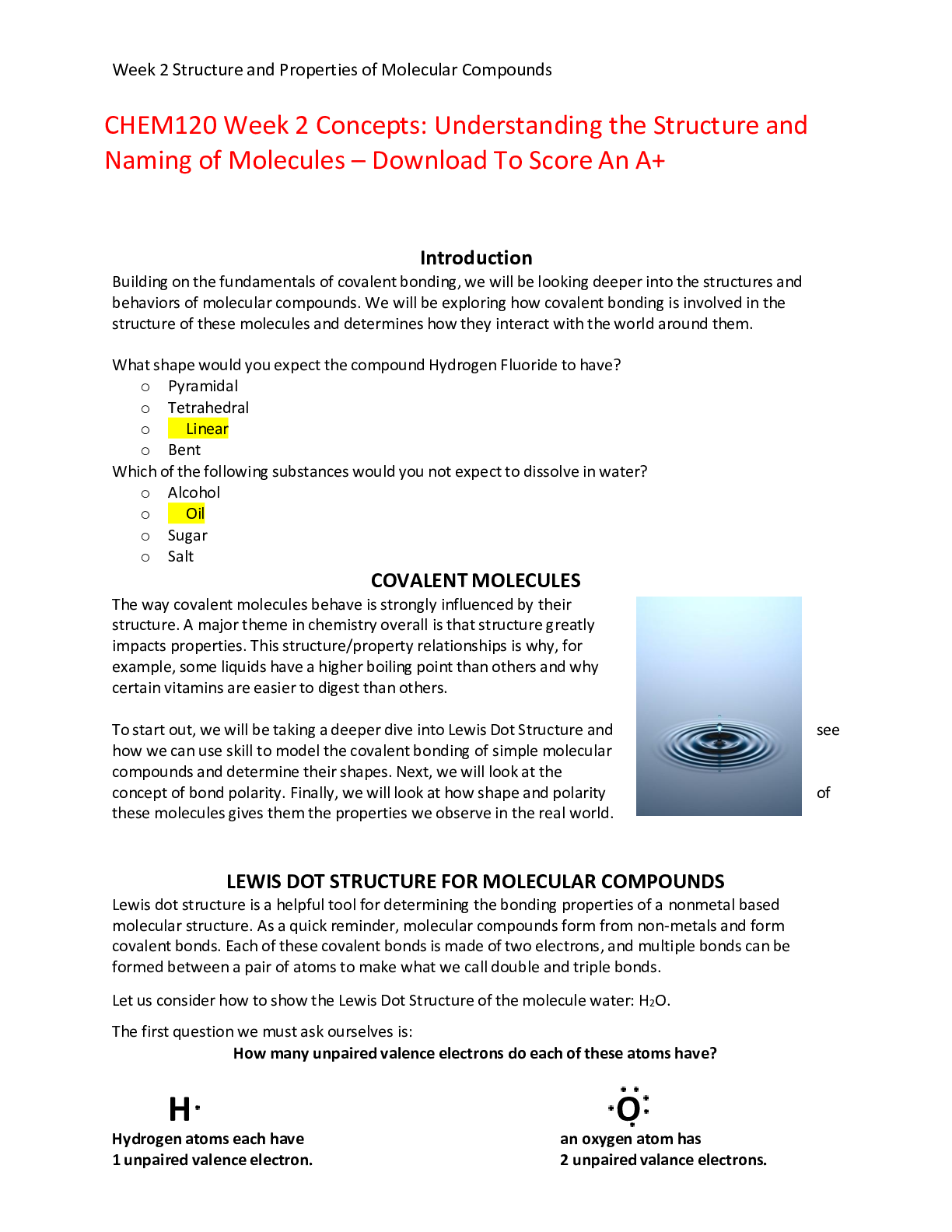
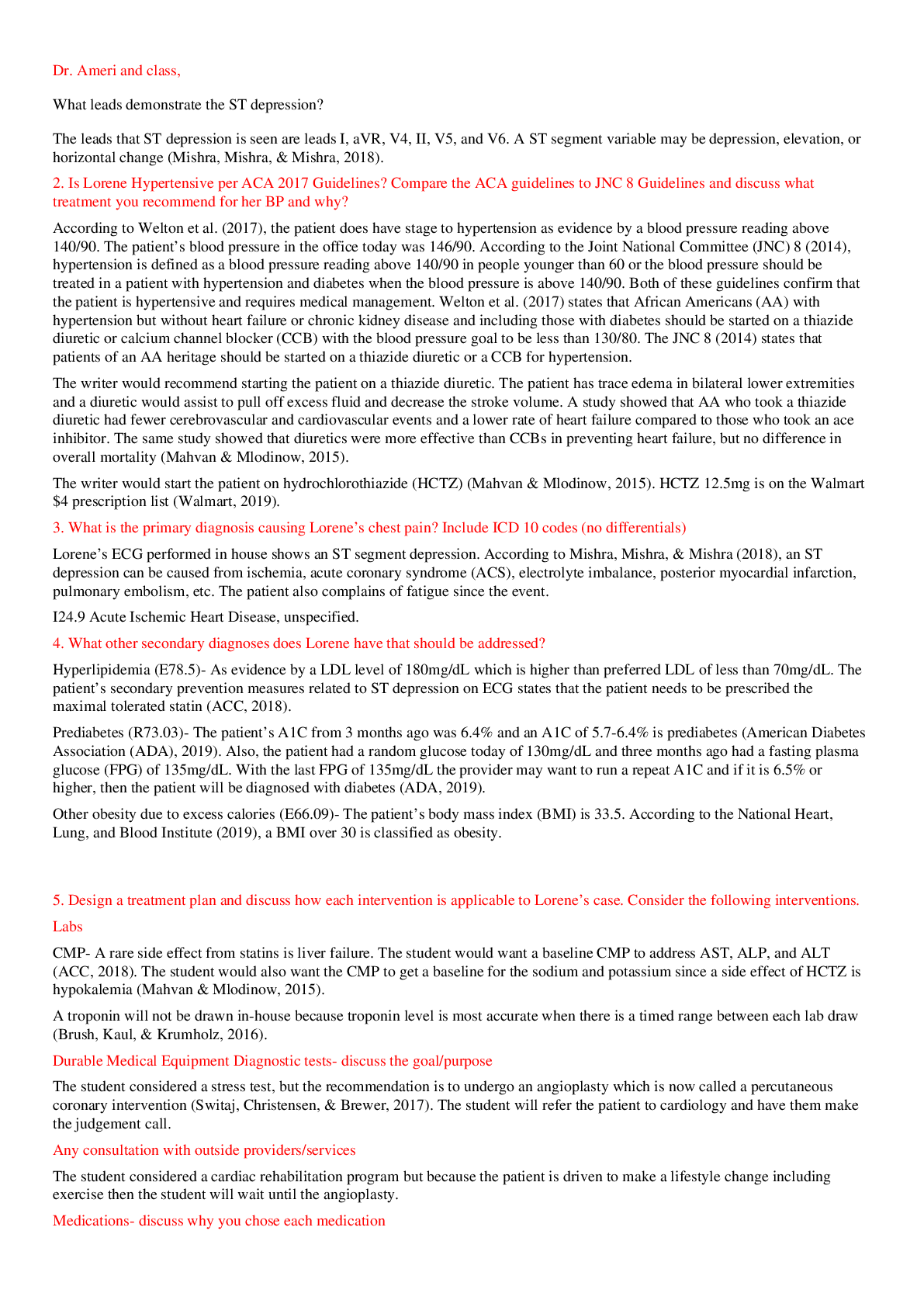
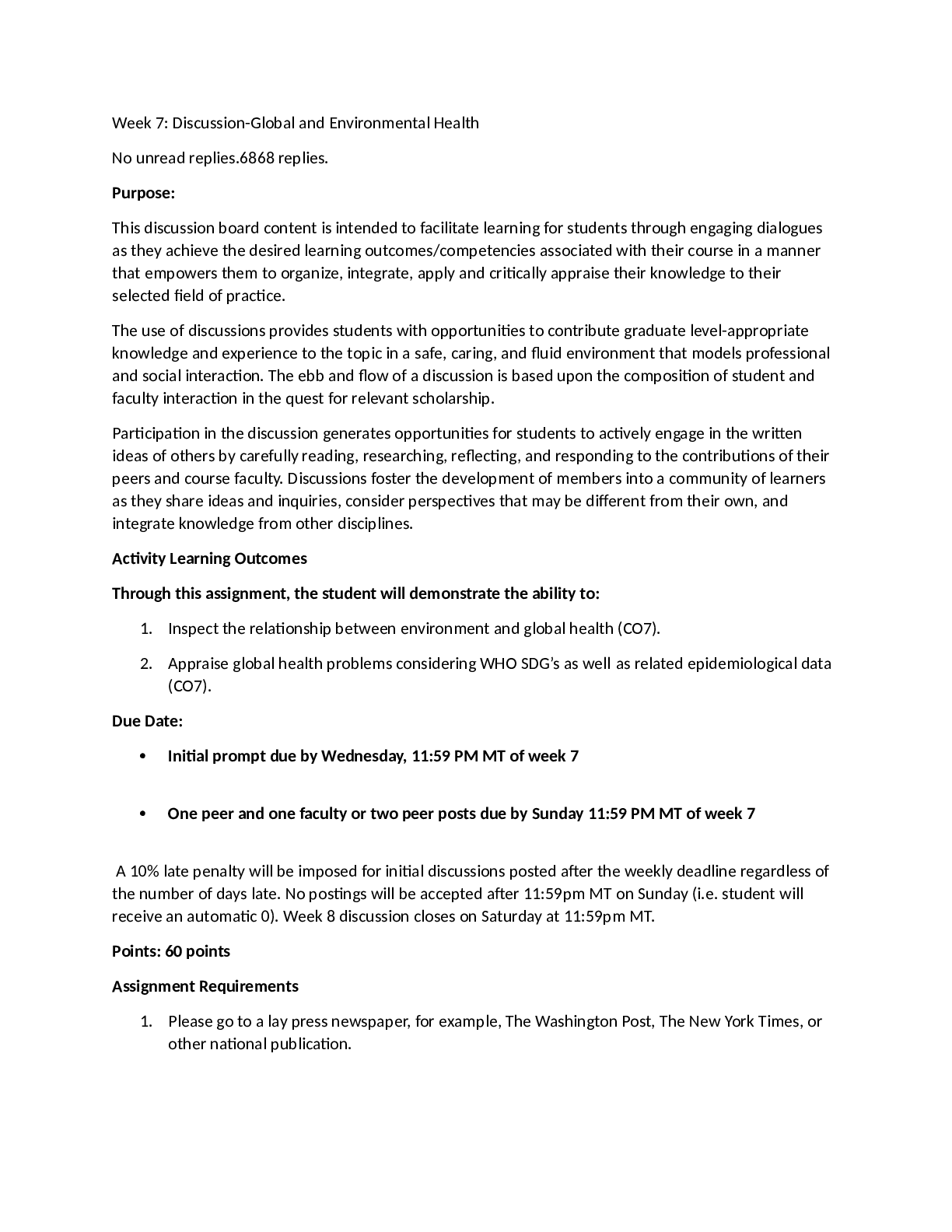
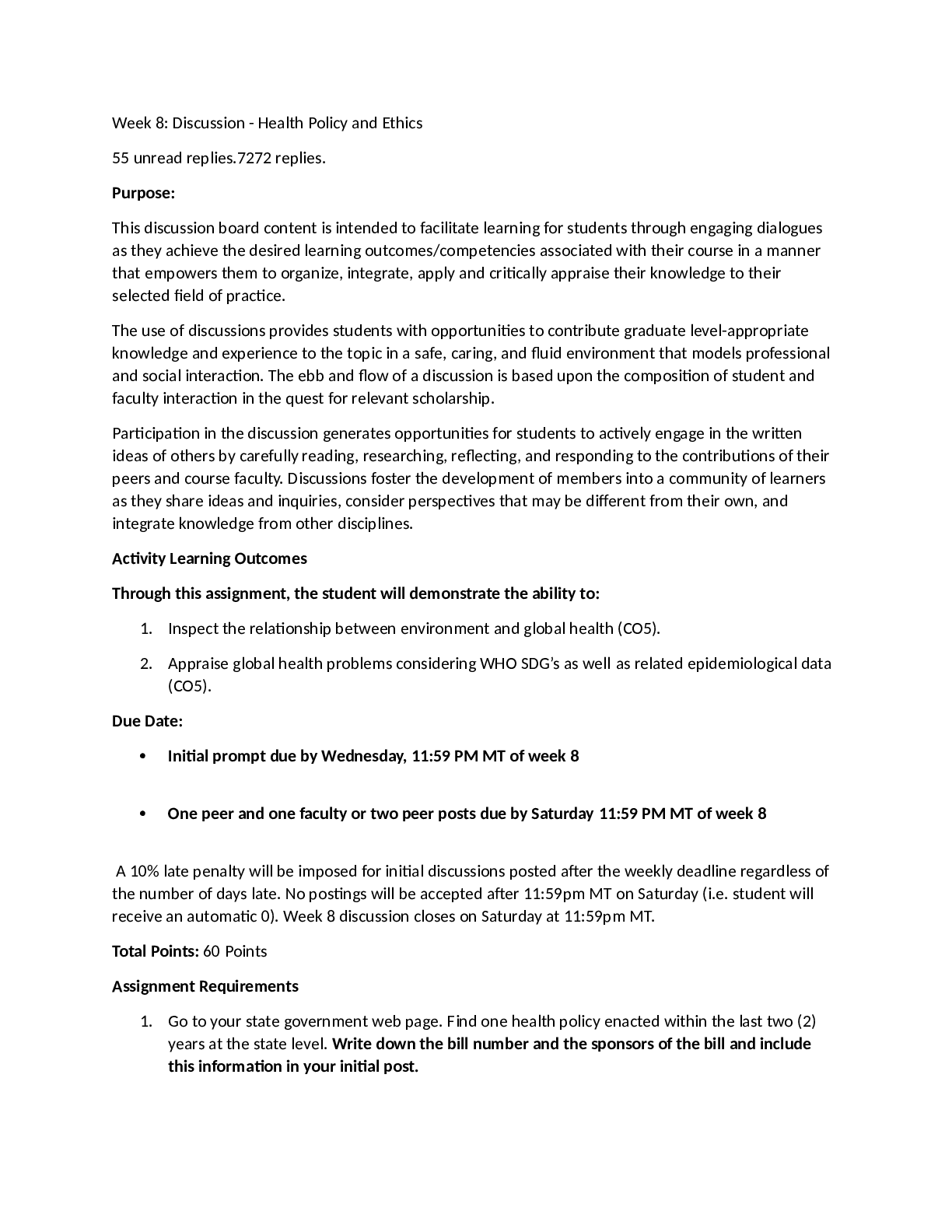
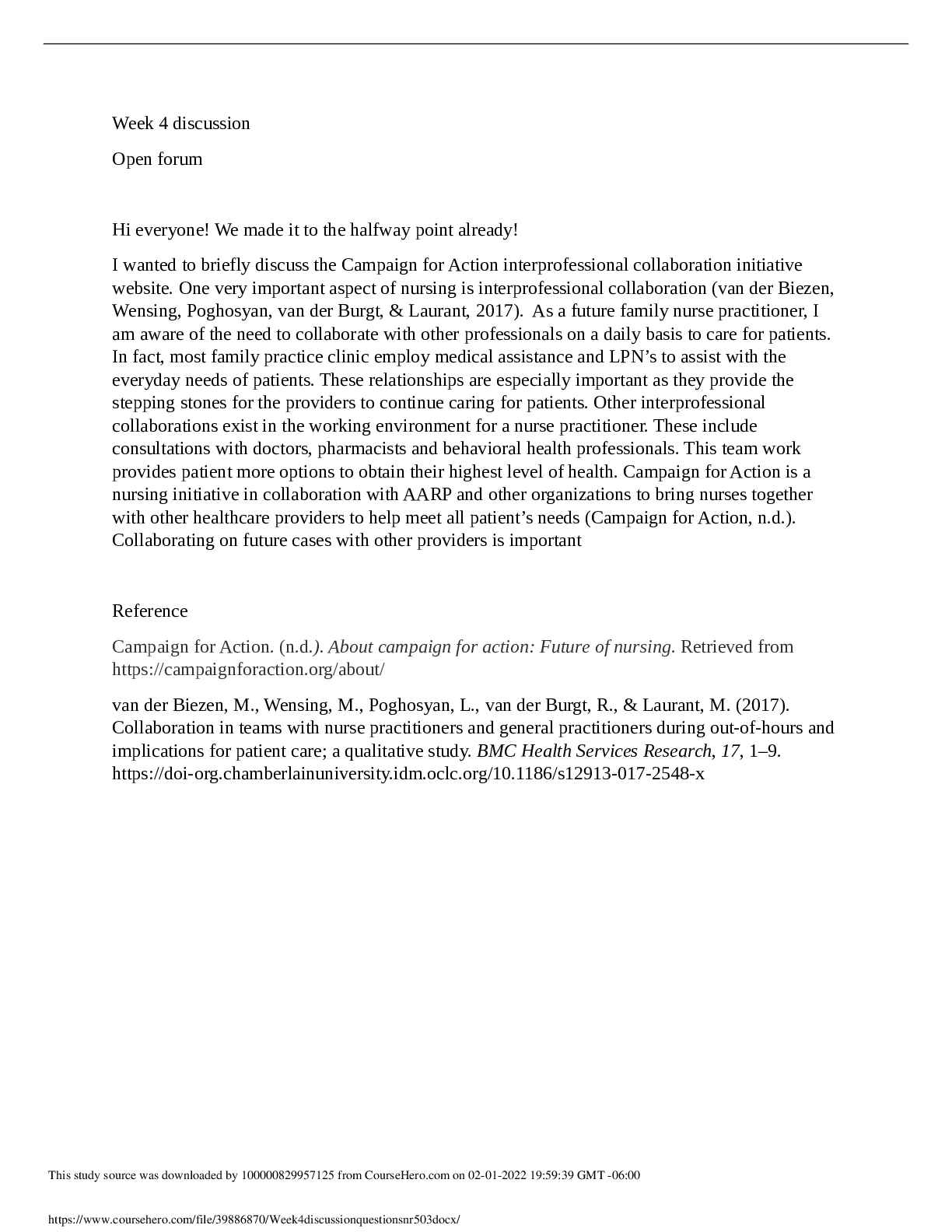
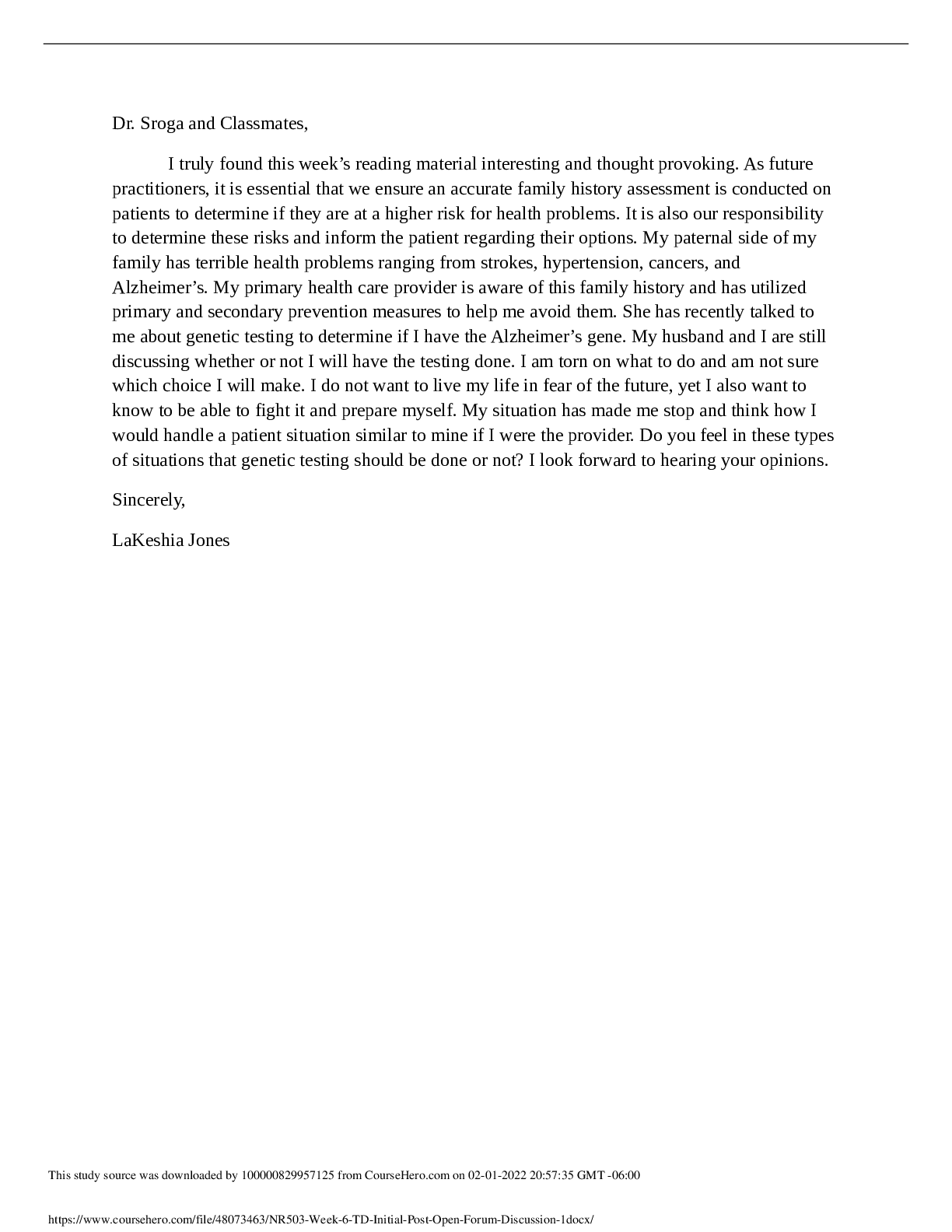


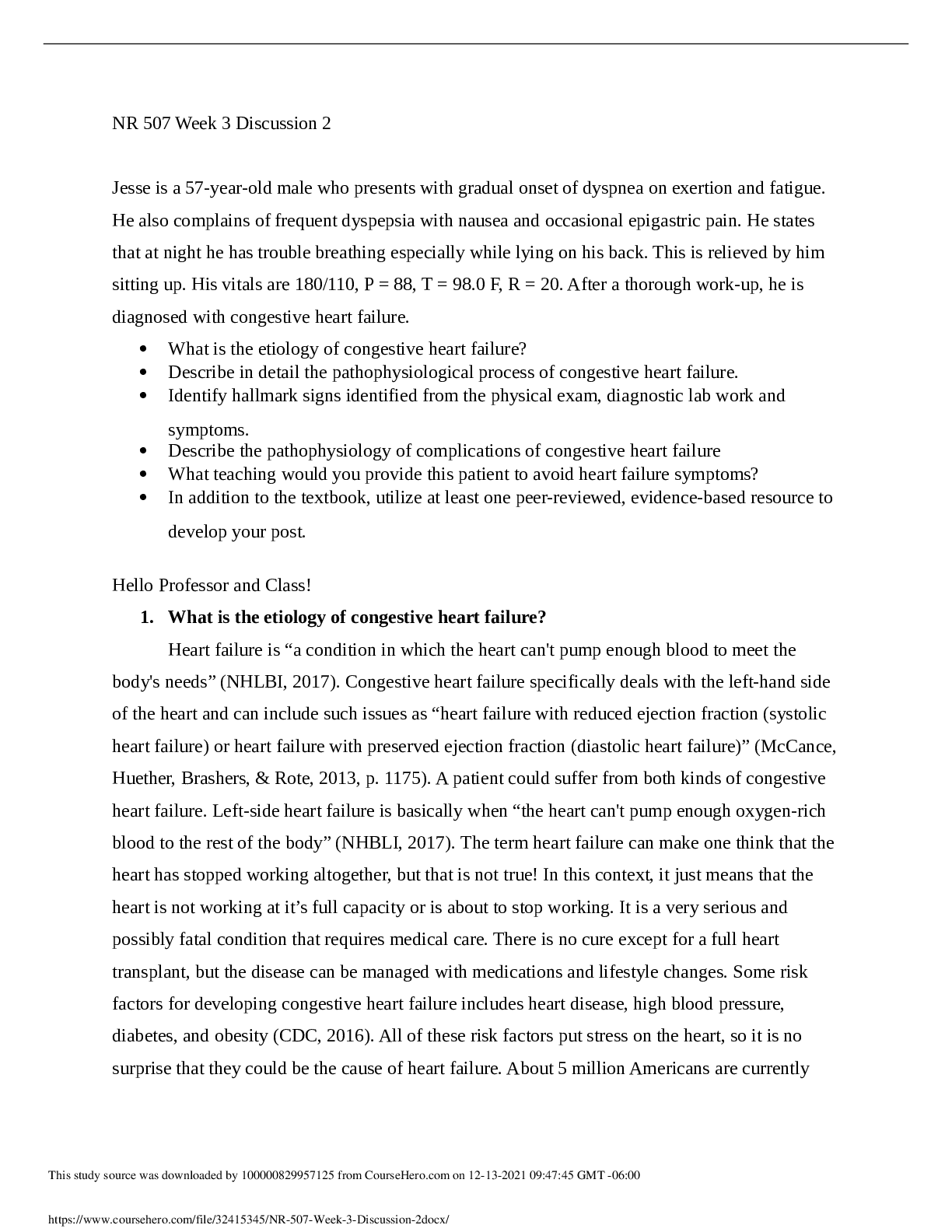
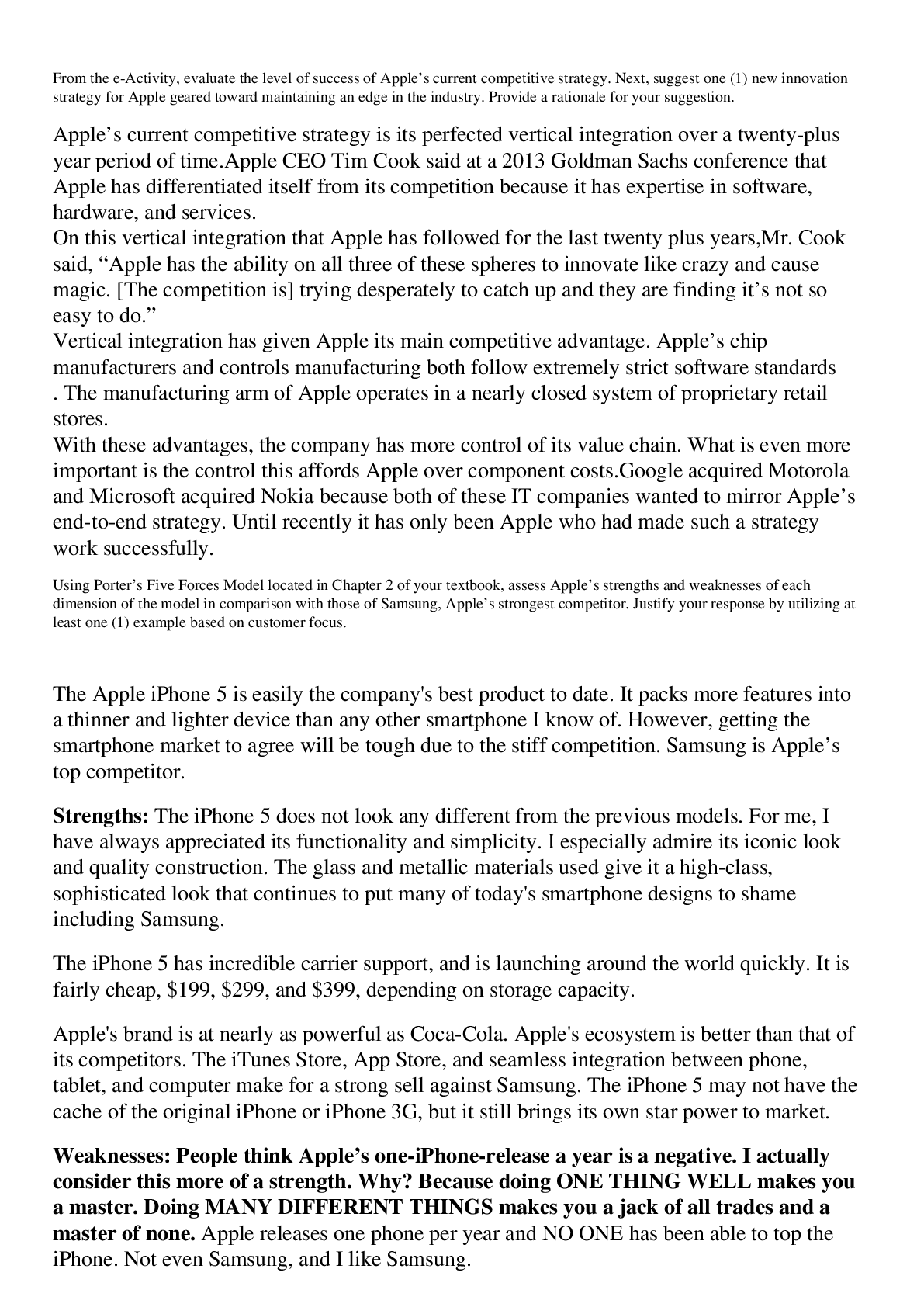
Growth and developmental patterns of toddlers.png)

